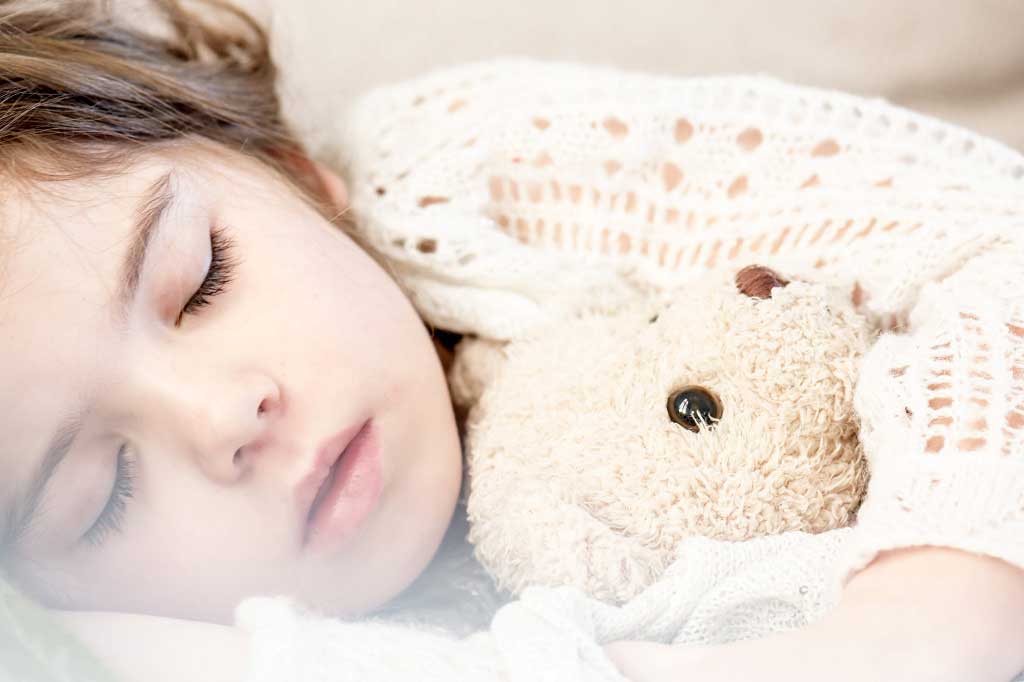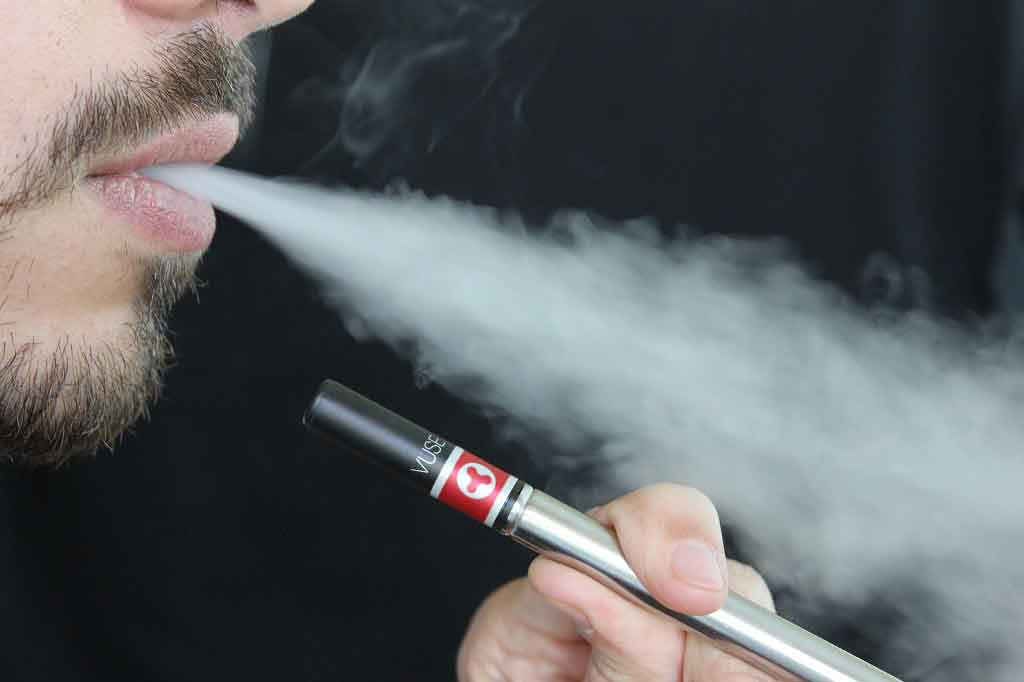Antibiotics after forceps and ventouse births halve infections in mothers
Pregnancy and child

"Mothers' infections rates 'could be halved' with routine antibiotics," reports The Daily Telegraph. This was the ...
"Mothers' infections rates 'could be halved' with routine antibiotics," reports The Daily Telegraph.
This was the result of a large UK study in which women were given a single dose of antibiotics after an assisted vaginal birth to prevent infection.
An assisted vaginal birth is when forceps or a ventouse suction cup are used to help deliver the baby.
Currently, antibiotics are given to women after a caesarean to prevent infections, but they're not routinely given after an assisted vaginal delivery.
In this study, 3,420 women who'd had an assisted delivery were split into 2 groups and randomly assigned to have either antibiotics or a placebo (pretend) medicine within 6 hours of giving birth.
Researchers found antibiotics reduced the rate of infection from 19% to 11%. More severe bloodstream infection was reduced from 1.5% to 0.6%.
The researchers are now calling for guidelines to change. They recommend that all women who have had a delivery with forceps or ventouse should have a dose of antibiotics to prevent infections.
But this needs careful consideration, as it would mean exposing around 70,000 women to antibiotics, which could increase the risk of antimicrobial resistance.
Find out more about assisted birth and recovering from an episiotomy or tear after childbirth.
Where did the story come from?
The study was carried out by researchers from the University of Oxford, the University of Sunderland and Bradford Teaching Hospitals NHS Foundation Trust, and was funded by the National Institute for Health Research.
It was published in the peer-reviewed journal, The Lancet, on an open access basis, so the study is free to read online.
In general, the media reported the study accurately, though neither The Guardian nor The Telegraph mentioned the increased risk of antimicrobial resistance.
The Daily Mail had a separate section and a video of the chief medical officer describing antimicrobial resistance, but did not explain that exposing all women to antibiotics after a forceps or ventouse delivery could contribute to the problem.
What kind of research was this?
This was a randomised controlled trial, the gold standard in terms of working out if a treatment is effective.
In this type of study, people are randomly assigned to receive or not receive a particular intervention.
In this case, the participants were either given antibiotics or a placebo.
This was an important trial because 12% of women in the UK need an assisted vaginal delivery.
Most of these women will also need an episiotomy, a cut at the opening of the vagina to prevent tearing. It's estimated that 1 in 5 of these women will develop an infection.
Current UK and World Health Organization (WHO) guidelines do not recommend prophylactic (preventive) antibiotics after an assisted delivery.
This study aimed to see if a single dose of antibiotics reduced the risk of infection later.
What did the research involve?
This trial randomised 3,420 women to have a single dose of either amoxicillin and clavulanic acid or placebo after birth with forceps or ventouse.
This was a multicentre trial, conducted in 27 hospital obstetric units in the UK.
The women were 16 years or older, with an average age of 30, and most were of white ethnicity.
They all had an assisted birth when they were at least 36 weeks pregnant.
For 63% of them, forceps were used to help deliver the baby, and for 37% ventouse (vacuum extractor) was used.
Most of the women needed an episiotomy (89%), and almost all required stitches.
Women were excluded if they had a severe tear in the area between the vagina and anus (the perineum) as that would be an indication to have routine antibiotics.
As soon as possible after birth, and within 6 hours, the women were given an injection of amoxicillin and clavulanic acid into a vein or a placebo, which was a saline injection.
They were followed up 6 weeks later with a telephone interview and were sent a questionnaire.
This was a well-conducted, high-quality trial, so the results should be reliable.
What were the basic results?
Antibiotics roughly halved the risk of various types of infections:
- confirmed or suspected infection: the rate of infection was 11% in the antibiotic group versus 19% in the placebo group (risk ratio [RR] 0.58, 95% confidence interval [CI] 0.49 to 0.69)
- bloodstream infection: 0.6% of the antibiotic group, compared with 1.5% of the placebo group (RR 0.44, 95% CI 0.22 to 0.89)
- superficial infection of the repair to the perineum (the area between the vagina and anus): 4% of the antibiotic group versus 8% of the placebo (RR 0.53, 99% CI 0.37 to 0.75)
- deep infection of the perineum repair: 2% of the antibiotic group versus 5% of the placebo group (RR 0.46, 99% CI 0.28 to 0.77)
There were few side effects:
- 2 women had an allergic reaction to antibiotics, one of them serious
- nobody had an anaphylactic reaction
The antibiotic group also had significantly less:
- perineal pain
- use of painkillers for perineal pain
- need for additional perineal care
- wound breakdown
- perineal pain that affected their ability to feed the baby
- primary care home or outpatient visits because of the perineum
The researchers estimated that for every 100 doses of antibiotics used to prevent infection, fewer women would need full courses of antibiotics, so 168 treatment doses would be saved.
This would mean a potential 17% reduction in overall use of antibiotics.
How did the researchers interpret the results?
The researchers concluded that as their trial showed "clear benefit of a single dose of prophylactic antibiotic after operative vaginal birth", that "guidance should be changed to reflect this finding".
They recommend further investigation of the timing of antibiotic administration and to see whether a repeated dose would be more effective.
Conclusion
This high-quality UK trial has found that infection rates are halved if a single dose of antibiotics is given to all women after an assisted vaginal birth.
This is compelling, particularly given the following strengths of the study:
- the trial was multicentre – this reduces the risk that results are because of particular members of staff or local protocols
- the trial included a large number of women, which increases confidence in the results
- follow-up was at 6 weeks, which is longer than many other previous observational trials, so gives more insight into the number of women who will experience complications than just following them until hospital discharge
But there are some limitations and concerns about antimicrobial resistance that would need to be thoroughly considered before there's a change to current guidelines.
This is because exposing people to a single dose of an antibiotic can lead to bacterial resistance.
In this case, this would mean giving a dose of antibiotics to around 77,511 women, according to 2017-18 figures for women requiring assisted vaginal delivery.
Some of these women would need antibiotics anyway because of a serious perineal tear or other complications, but this is still a substantial number of women.
Though the researchers say this would save 168 treatment doses of antibiotics per 100 women, these would have been indicated doses and so would be less likely to contribute to antimicrobial resistance.
The trial was robust, but it had some limitations:
- around 86% of women in the study were white, so it's not clear if similar results would be seen in people with more diverse ethnicity
- 1 in 4 women did not complete the follow-up questionnaire, which may have affected the results
The results of this trial will need to be carefully weighed up to determine if the reduced risk of infection outweighs the increased risk of antimicrobial resistance.
If you have had an assisted vaginal birth or an episiotomy, it's important to try to keep the cut clean to prevent infection.
Get more advice on recovering from an episiotomy or a tear






 Subscribe
Subscribe Ask the doctor
Ask the doctor Rate this article
Rate this article Find products
Find products





